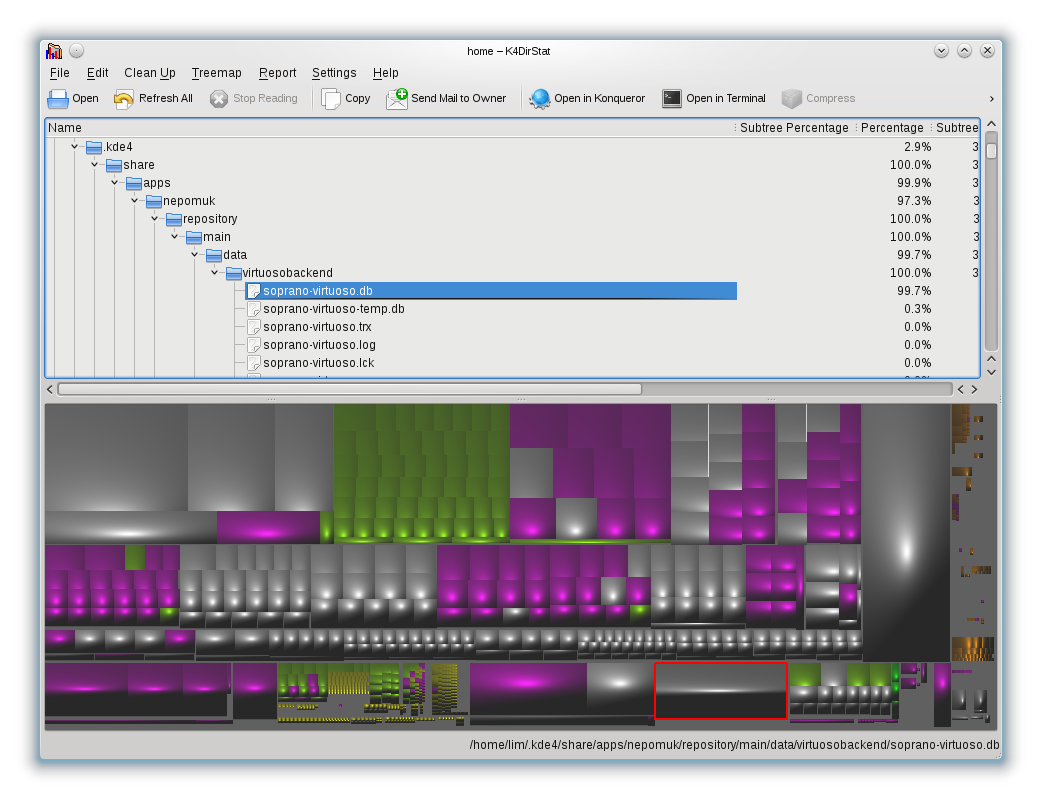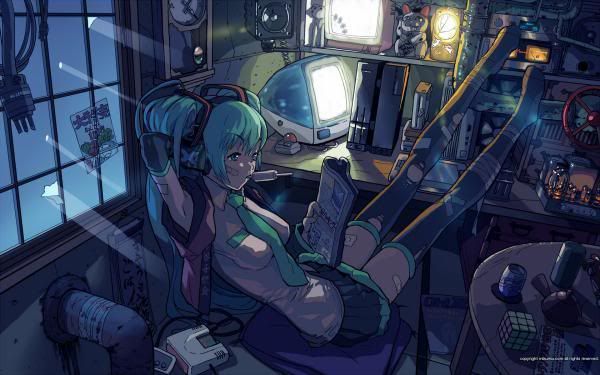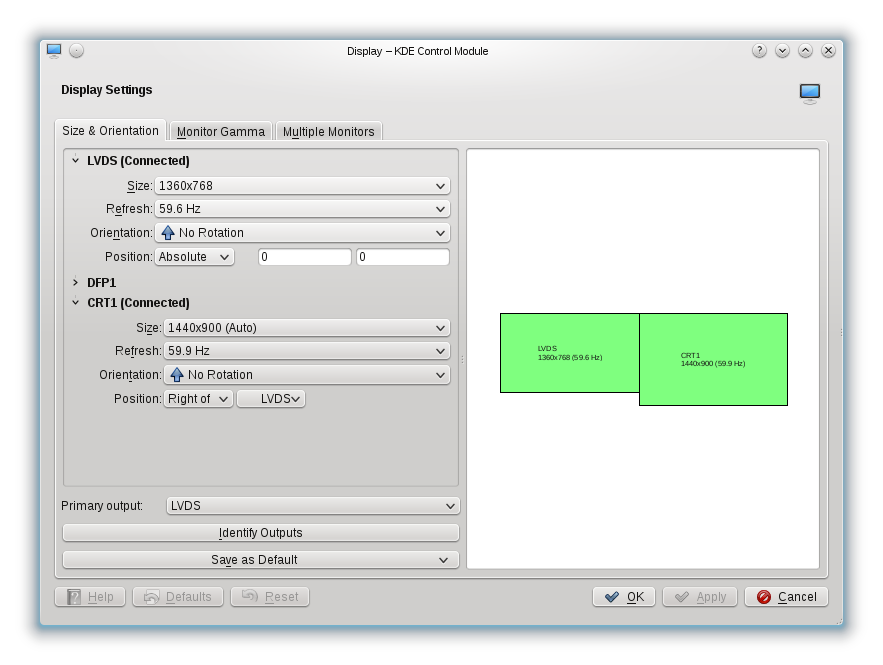Okay, so I’m just gonna pen in a quick word here on Hanasaku Iroha because, well, we all know that my inaugural Kara no Kyoukai post isn’t gonna surface in awhile >:
 t3h budgetz!
t3h budgetz!
I’m pretty sold on what I saw in episode one. This True-Tears-ish style I think is one that PA Works handles pretty well, so I was somewhat surprised at my namesake’s somewhat scathing review. It may have been nothing more than a brief, semi-untargetted rant of course, but having just had a swig of episode one and liked what I tasted, I feel a need to write a little in its defense.
My namesake called Hanasaku a CoA-SoL (a “coming of age, slice-of-life”) series – which isn’t quite off, with perhaps a slight stretch on the definition of slice of life. But that’s a huge category, and at least from the vibes episode one has been emitting, Hanasaku deserves the benefit of being considered part of a pretty specialized subgenre. Put simply, this is a drama – an extremely unabashed one. Really, boy confesses love then instantly leaves never to be seen again? Granny smacks the other girl for a transgression committed solely by the new girl? Realism isn’t too much of a concern here. The plot and characters are set up to create drama, and if you start getting picky on that you simply aren’t gonna enjoy this show.
How then does the show create appeal? Really, this show is so transparent it’s almost infuriating that it kind of works. It starts you on a relatively normal plane – girl with mum in high school – and then spins you into an enigmatic new environment by a series of inplausible events. And they put money into depicting that environment:

so it looks attractive and worth exploring. Then they run you smack into a large cast of unlikely and unusual people. In large part shows like these, in a style similar to visual novels, run on curiosity. On the who’s this quiet girl who’s takes her abuse quietly and always seems to lash out at me?’s and the why is my grandma like that?’s and the how did these other girls get here?’s. It may be a strategically cheap way of doing things, but with deft handling it could turn out quite beautifully. It’s not unlike a dance performance – the characters and plot events are caricaturized to accentuate the ideas the show wants to bring out and the ideas are juggled around into a flowing story. PA Works, I thought, handled itself pretty well in the opening episode. I was a little curious when Ohana first got to her grandma’s place. I was a little taken aback when quiet girl told Ohana to die and wondered why. I was a little surprised and angry when granny slapped quiet girl and then slapped Ohana twice. And I cringed a little at the brief tears at the end. Like a dance, I think you need to get into the flow of things. You need to be able to follow our protagonist around and wonder about the idea being presented and follow the way the protagonist reacts without worrying too much about the alternatives and the likelihood in an irl setting. Knowing it’s a stylized, deliberate world helps. Like a dance, you can find everything extremely contrived, or you can resonate and have a good time. For my part I didn’t feel a need to worry about where the show is going or how it might end, and am content to just flow along and see where we end up when we end up there. PA Works I think is off to a pretty good, skipping rhythm with Hanasaku Iroha. Skip along!
PS. Of course, Ito Kanae’s performance as Ohana certainly helps. And Ohana constantly reminding me of Lilo and Stitch, well, doesn’t ;)
1094
Rate this post
Thanks!
An error occurred!










Recent Comments
Franda
"First of all, I would like to thank you for discussing this topic. ..."
Manatoki
"Haha totally agree Shouko doesn’t get nearly enough love! That episode showed such ..."
Amina
"It sounds like a useful tool for easy file sharing: the NeXT cloud ..."